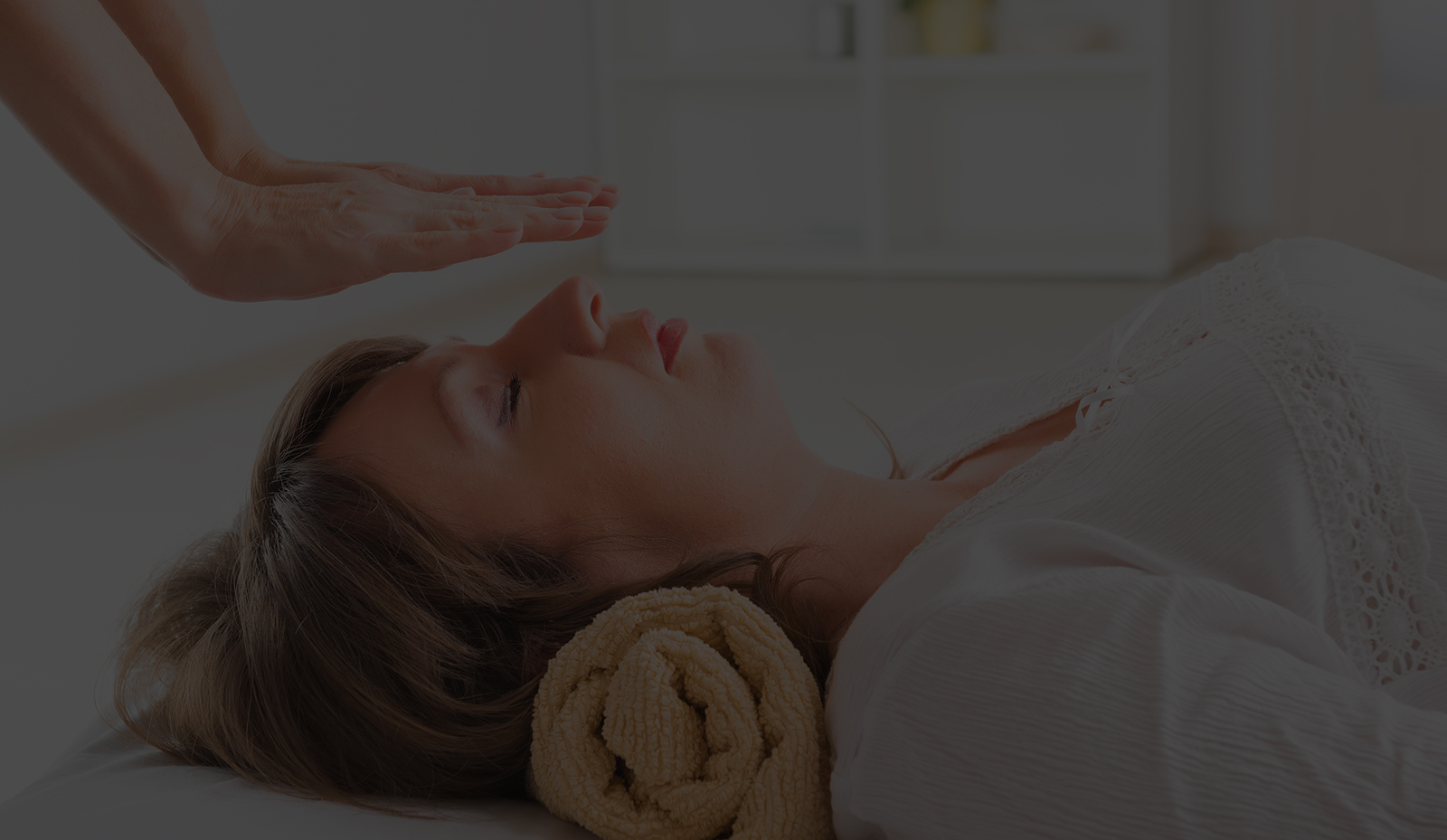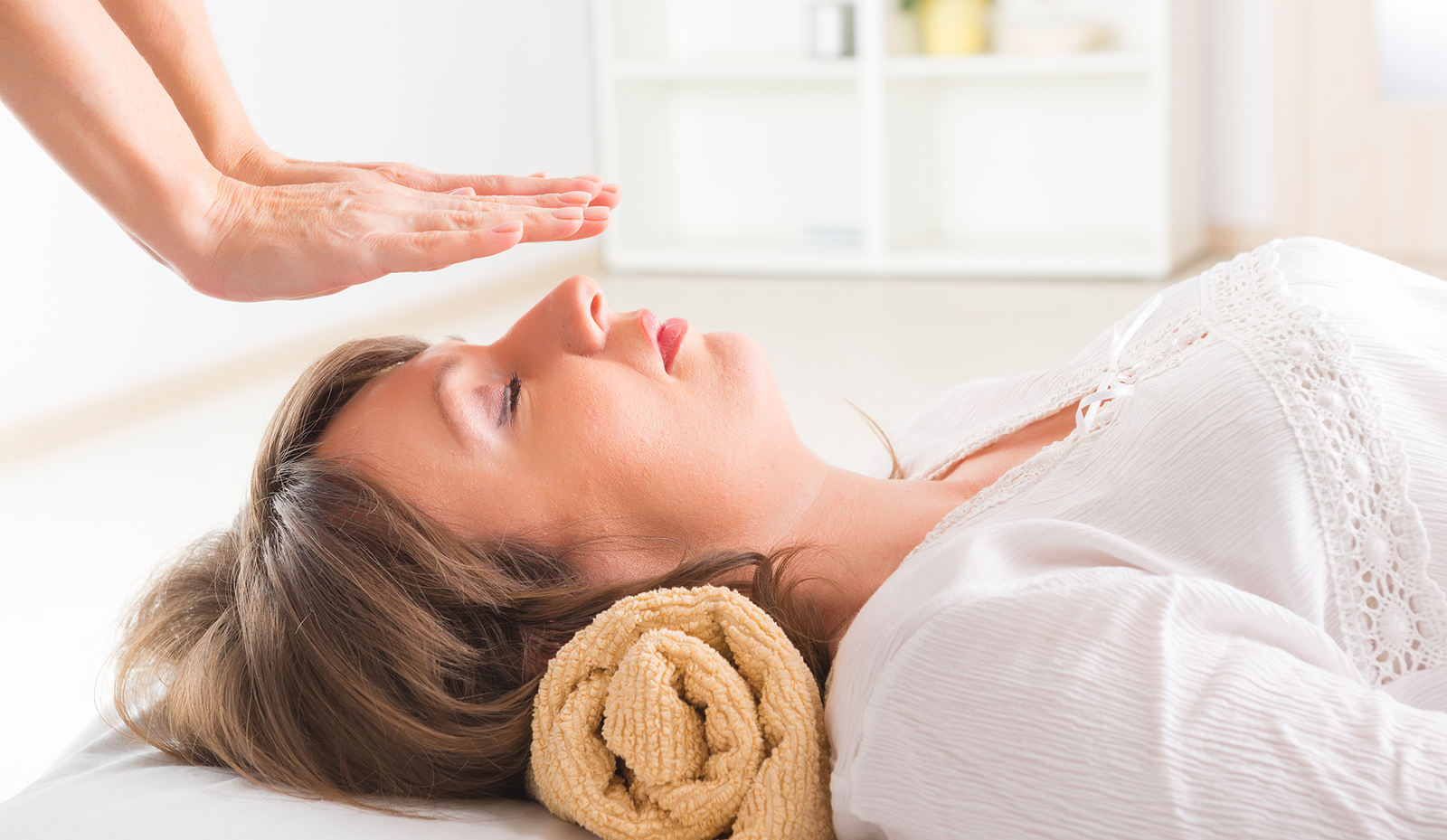Cranial Sacral System
Cranial Sacral Therapy is a hands-on method of whole body evaluation, touch and palpation that alleviates and opens up obstacles, imbalances and restrictions in the body. Cranial Sacral Therapy is based on the concept that the body has the power to heal itself.
The Cranial Sacral System, according to Dr. John Upledger, is a “semi-closed hydraulic system contained within a tough, waterproof membrane (dura mater) that envelopes the brain and the spinal cord. The Cranial Sacral System produces, circulates and reabsorbs cerebrospinal fluid (CSF), which is produced within the Cranial Sacral System and maintains the physiological environment in which the brain and nervous system develop, live and function.” There are normal pressure changes within the CSS due to the production and reabsorption of CSF within the Dura mater. If the body is unable to accommodate the pressure changes, the subsequent buildup of pressure can contribute to dysfunction and ill health, especially in the Central Nervous System, which is enclosed within the boundaries of the CSS.
History of Cranial Sacral Therapy (CST)
Dr. Wm. Sutherland, D.O., introduced the premise of CST in the 1930’s. He described the Cranial Sacral System (CSS) functions as, “a semi-closed hydraulic system that bathes the brain and spinal cord and their component cells in cerebrospinal fluid pumped rhythmically at a rate of 6-12 cycles per minute”.
Because of the pressure changes, he found that the bones of the cranium and sacrum remain somewhat mobile throughout their lifetime, and joints and sutures don’t fully harden as was once believed. By observing, Dr. Sutherland discovered that the skull expands and contracts because of the movement of the cerebrospinal fluid.
One of his experiments was the “beans in the hollow skull”. He took a hollow human skull, put raw beans in it, poured water into the skull, and then wrapped the skull tight with plastic wrap. Every day he measured the skull, and every day it got larger as the beans expanded – and so did the skull! Dr. John Upledger has continued Dr. Sutherland’s research, progress and work for the past 30 years.
When we hold back our feelings, aspects of ourselves, or memories, we literally hold them back with our muscles. This is true whether the holding begun last week or decades ago. When we are touched, memories and feelings may emerge. Even if they don’t emerge during the session itself, our touch may just nudge the edge of the …. Nina Mcintosh (The Educated Heart)
How Cranial Sacral Therapy Works
The Cranial Sacral Therapist evaluates the system by using specific techniques, direct, (directly confronting the barrier,) and indirect (going toward the place of greatest ease) touch techniques (only 5grams of pressure, the approximate weight of a nickel) Indirect techniques are much more effective and safe, and feeling the circulation of cerebrospinal fluid, which bring balance to the Cranial Sacral System, and in turn helps the entire body to heal itself. The Cranial Sacral System contains the brain, spinal cord and all related structures. The most powerful effects of CST are on the functions of the Central Nervous System, the immune system, the endocrine system and the visceral organs.
How Does Cranial Sacral Therapy Work?
By palpating the fascia and feeling the circulation of cerebrospinal fluid, Cranial Sacral Therapy helps to bring homeostasis to the Cranial Sacral System, which in turn helps the entire body to heal itself.
The Cranial Sacral System consists of a compartment formed by the dura mater membrane, the cerebrospinal fluid contained within, the systems that regulate the fluid flow, the bones that attach to the membranes and the joins and sutures that interconnect these bones.
The Cranial Sacral System contains the brain, spinal cord and all related structures. The most powerful effects of CST are considered to be on the functions of the CNS, the immune system, the endocrine system and the visceral organs via the ANS.
What Does The Cranial Sacral Therapist Do?
By using judgment, intuition, and touch (only 5 grams of pressure, the approximate weight of a nickel), the CST Therapist evaluates the body, (via the Cranial Sacral system), by direct, (directly confronting the barrier), and indirect (going toward the place of greatest ease), touch techniques.
Indirect techniques are much more effective and safe. Evaluating and palpating the cranial pulse and the rhythm and motion of the cranial sacral fluid can actually detect and help the body to self-correct problems (physical and emotional) that are plaguing the entire body.






